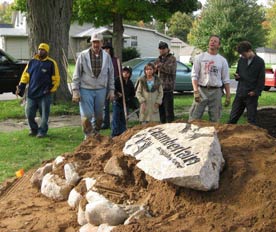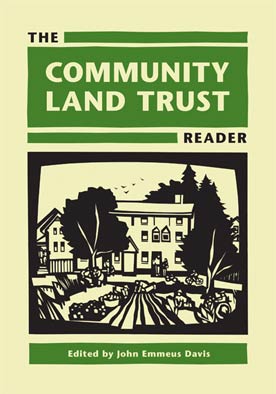Organizing for Success
ESOP’s big problem is that even though its success hinges on organizing, there is no money for organizing in Cleveland and so the engine of the ESOP’s success is always in danger of running out of fuel. It pays for organizing out of a small sliver of unrestricted funds and sometimes from agreements reached with banks and loan servicers. The money that has enabled the organization to grow is overwhelmingly for foreclosure counseling.
This dynamic sets ESOP up to go down the same path that the CDCs did originally, abandoning confrontational tactics and grassroots organizing once resources can easily be had from funders. Confronted with this dynamic, many community organizing groups will spin off the service elements of the organization in order to retain tactical flexibility for organizing.
Seifert has rejected that option. He knows full well that if he did split the organizations, the foreclosure prevention side would have no trouble at all securing funding. “Everybody and his brother wants to fund that because it’s proven. We get more and better workouts than other organizations with less money.” But splitting the organization just makes it easier for funders to say, “Oh, we’ll fund this side, but we’re not going to fund the organizing side.” Instead, Seifert has forced funders to fund organizing, even if only indirectly, by funding his organization. They “can fund both [organizing and foreclosure prevention] or they can fund neither,” he says. Accomplishing this in a city that has been completely hostile to Seifert’s brand of organizing for nearly three decades is a considerable achievement.
It is surprising is that in a city with the tradition of community organizing that Cleveland has, a tradition that has historically been centrally preoccupied with lending and housing issues, that ESOP remains the only significant organization willing to engage in confrontation over the foreclosure issue. Not only is ESOP the only community organizing group that survived the years of marginalization in order to jump back into the fray now, but other organizations are not joining it. This is good for ESOP in a way, in that they have no real competitors. But for the city it is a shame.
The issue is certainly not that one type of community organization is inherently better than the other — the successes of Cleveland’s CDCs until the foreclosure crisis are as much testament to their strengths as ESOP’s current success is to its. The issue is ultimately one of diversity among community-based organizations.
Cities need CDCs and they need more confrontational community organizers. If the funders and community organizations of Cleveland had worked a little harder to sustain a diversity of organizations, rather than only investing heavily in creating a bunch of local development engines, the city would not be as victimized as it is today. Going forward, funders should heed ESOP’s call and recognize that throwing a shark, in times of crisis, should be mainstream.





Comments